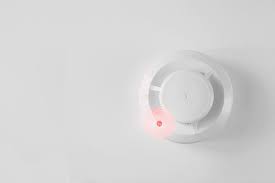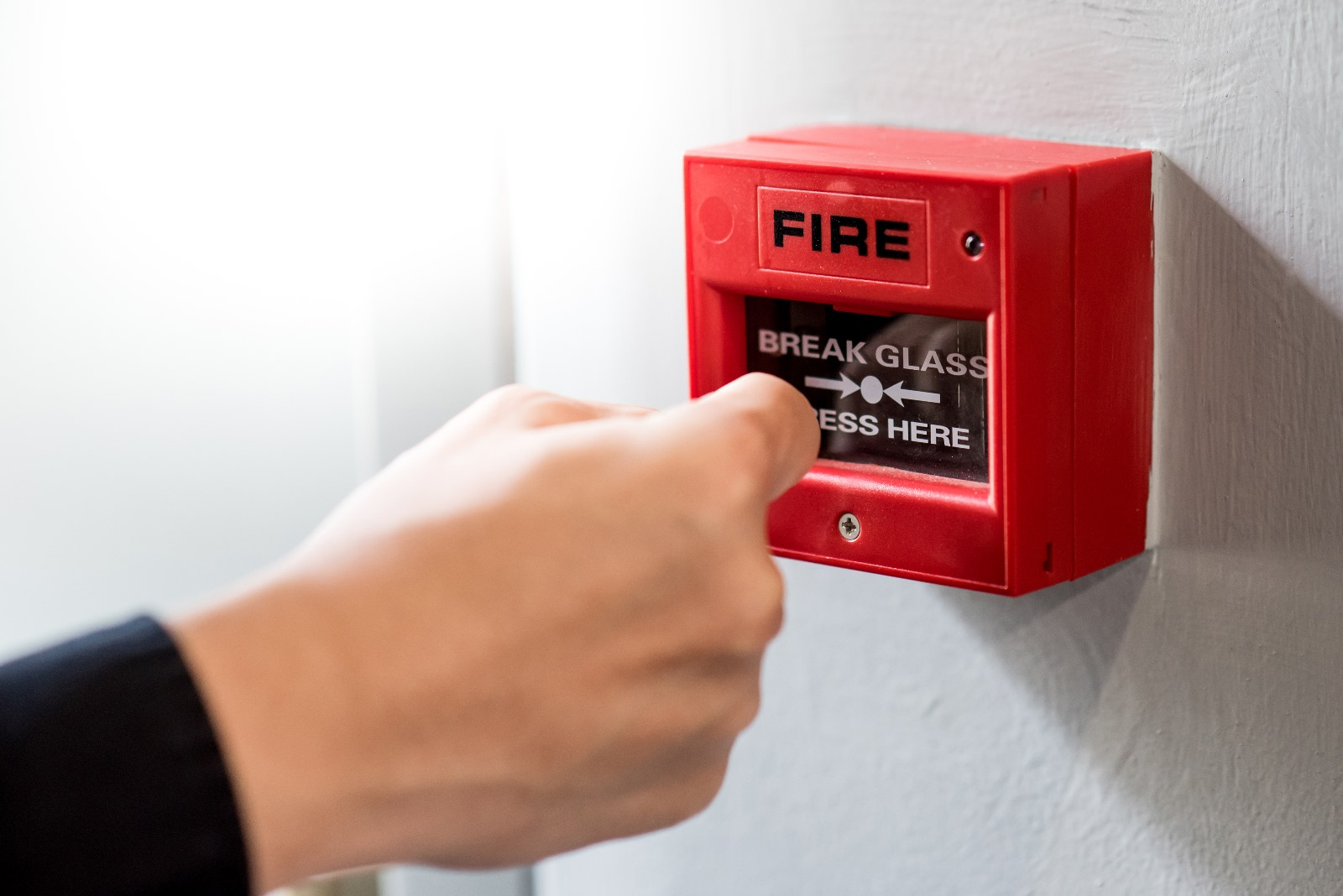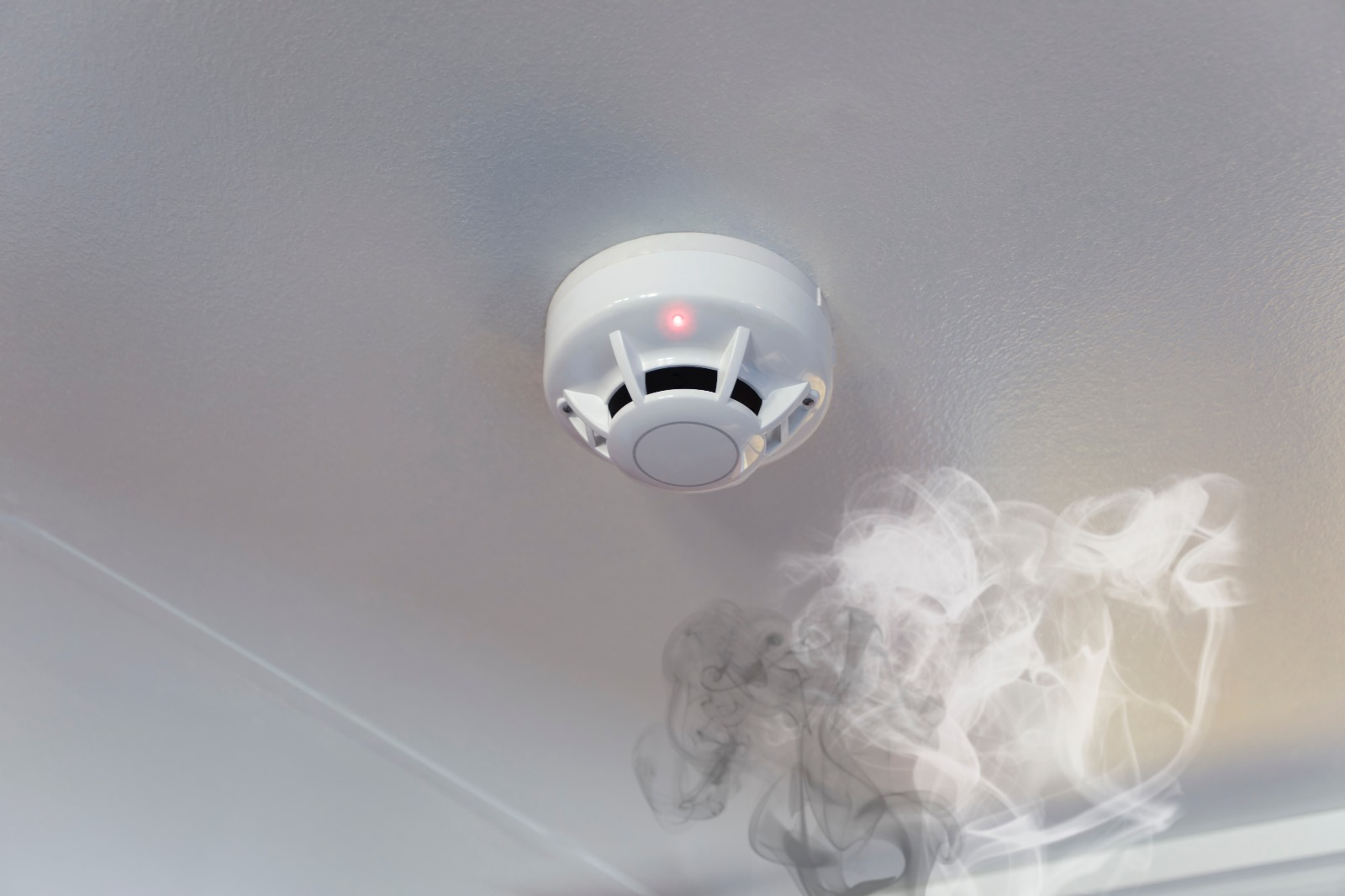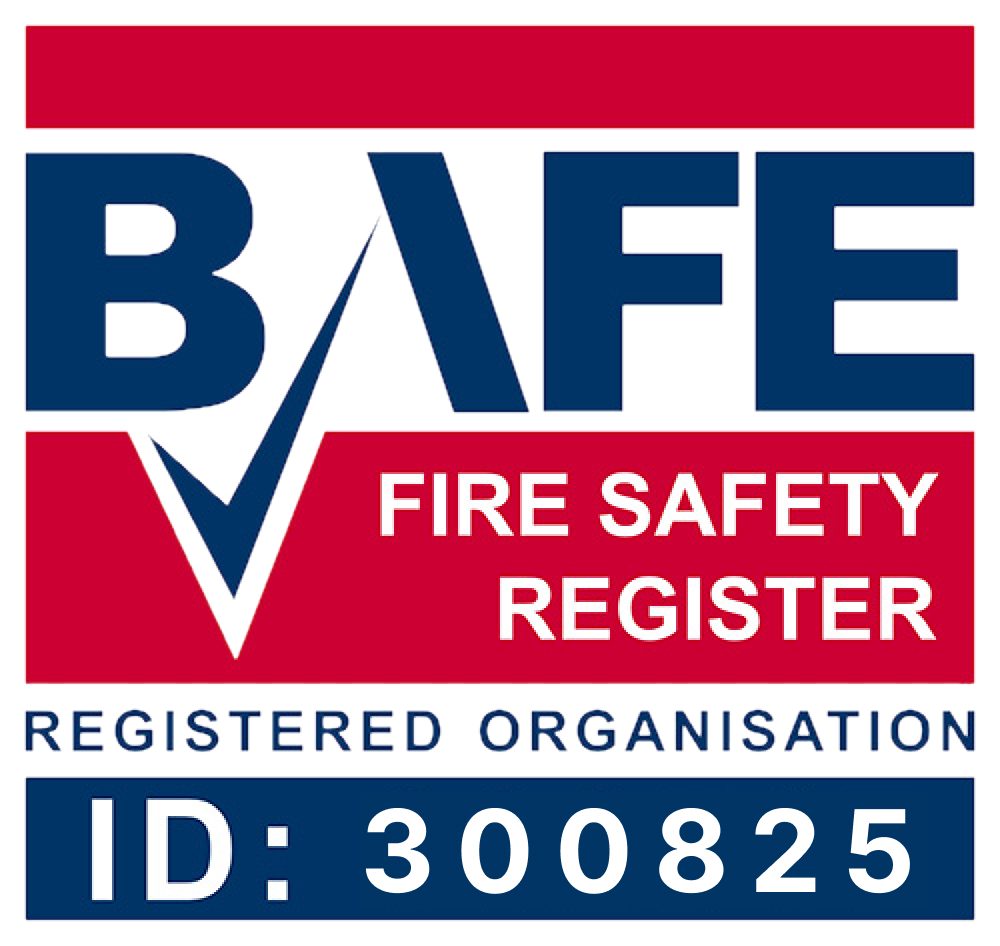Vaping has become very popular, with an estimated 3.1 million adult vapers in the U.K. (2022), to an estimated 4.1 million in 2023. Believed to be a less harmful option compared to smoking, vaping is found in both the home, commercial buildings, and social settings.
But have you ever thought about if vaping can set off a fire alarm?
Fire alarms and smoke detectors are vital to every type of building. They were created to ensure that every building/home is safe and protected from smoke and fire damage. However, vaping doesn’t release any smoke, so how does a fire alarm detect a vape?
Well, this depends on the type of smoke alarm and the way it is triggered.
Read on to find out more!
So, Can Vapes Set off Fire Alarms and Smoke Alarms?

Vaping produces vapours that contain harmful chemicals.
However, the chemicals that are released from smoking are rather different as they are produced through smoke.
So technically, if there is no fire and no smoke, smoke alarms should not alert you that there is. However, a smoke alarm can detect the vapours released from vapes which can trigger a false alarm.
Even though there is no smoke, vaping indoors still leaves a risk of setting a fire alarm off.
What Is a False Fire Alarm?

A false fire alarm refers to an erroneous activation of a fire alarm system that signals the presence of a fire or smoke when there is no actual emergency or risk. These occurrences can be triggered by various factors, such as equipment malfunctions, environmental conditions like dust or steam, or human error, including vaping, smoking or accidental activation of alarm pull stations.
FRSs attended 246,581 false fire alarms in 2023, which is the largest year-ending figure since June 2011. False fire alarms have been on the rise with an increase of 5.6% compared to the previous year and up 8.5% compared with the 5 years ago. (FIRE0102)
False fire alarms can be disruptive and pose challenges for emergency responders, as they divert resources away from genuine emergencies. Moreover, they can lead to complacency among building occupants if they occur frequently, potentially compromising safety measures.
Efforts to minimise false alarms involve regular maintenance of fire detection systems, training, and the use of advanced technologies to enhance the accuracy of alarm systems.
What’s the Difference Between Vaping and Smoking?

So just how different are vaping and smoking? The traditional method of consuming nicotine which is through tobacco cigarettes includes combustion.
These chemicals are different from the ones which are released from the vape device but can still be just as harmful. Both of these chemicals are produced through vapours and can be detected by smoke alarms.
Particles which are produced from a vape are mostly smaller and less toxic than the particles which are produced from a cigarette. However, both types of particles released can potentially set off smoke alarms. This is important to keep in mind to help reduce the amount of false alarms which are caused.
Different Fire Alarms That Can Be Triggered By Vaping

Some fire alarms are more sensitive than others and detect different-sized particles. When vaping in a room, it’s important to consider this to try and decrease false alarms.
Ionisation Alarms
These detect the presence of smoke and potential fires through ionising technology. These alarms do this by using two electronically-charged plates with a small amount of radioactive material that sits between them. This results in the air within the device becoming ionised thus generating a current in which smoke particles break, which will then trigger the alarm.
Optical Smoke Alarms
Optical smoke alarms were designed to detect smoke in small enclosed areas. An Optical alarm is sensitive to large smoke particles. It operates by sensing the scattering of infrared light which is caused by smoke particles in the air. Optical alarms can be suitable for bedrooms/living rooms and also in downstairs hallways.
Heat Alarms
A heat alarm (also known as a heat detector) is mostly used in kitchens as it can detect extreme heat but will not be set off by fumes produced from cooking. Heat detectors contain an element which is thermal sensing and responsive to a change in temperature. Heat alarms are not sensitive to particles or gases which are airborne (this is what is produced from cooking).
How Can You Prevent False Alarms From a Vape?

You have a few different options to help prevent your fire alarms from being triggered falsely by a vape.
The most successful way would be to avoid vaping in any room that contains a smoke alarm, most importantly an enclosed space with no windows.
However, this might not work for some as they may work in an enclosed space where vaping is permitted. You could also install a smoke alarm which is less sensitive to the vapour, this could be a great opportunity for you to check all of your smoke alarms in your home/workplace to ensure they are all working correctly.
Things to Consider When Vaping Inside
Building Policies
Some public buildings may have certain policies for vaping, it’s very important to be aware of this as they could be set to ensure that false alarms don’t occur in a place with a large mass of people. This could cause major disruption and be a costly error.
Knowing the Different Fire Alarms
Another factor to consider is that unless you can see the fire alarms in the building you might not know what type of fire detector it is used throughout the building. The fire detectors used could be more likely to be set off by vape fumes.
It’s important to consider where you vape and what you are vaping. Vaping can set off smoke alarms which would result in a false alarm and lead to wasted resources. It is also very important to know that there are different types of smoke alarms and that they all have different sensitivity.
There are ways for a false alarm to be prevented, such as smoking in an area where it is permitted or installing a different type of smoke detector that is less sensitive.
There are many different types of e-cigarettes and all release different quantities of vapour. Based on this information it would appear that each type of vape holds a different amount of potential to trigger a fire alarm. Being aware of this is crucial to ensure false alarms are kept to a minimum.
Risk of False Alarms
Don’t forget it might not always be your vape triggering your fire alarm, your system may not be working correctly.
If you are concerned that your commercial fire alarm system may be faulty resulting in false alarms, it could be worth investing in some fire alarm maintenance or a fire alarm service.
Ensure that everything is in working order and protect those in your building and the contents inside.















































